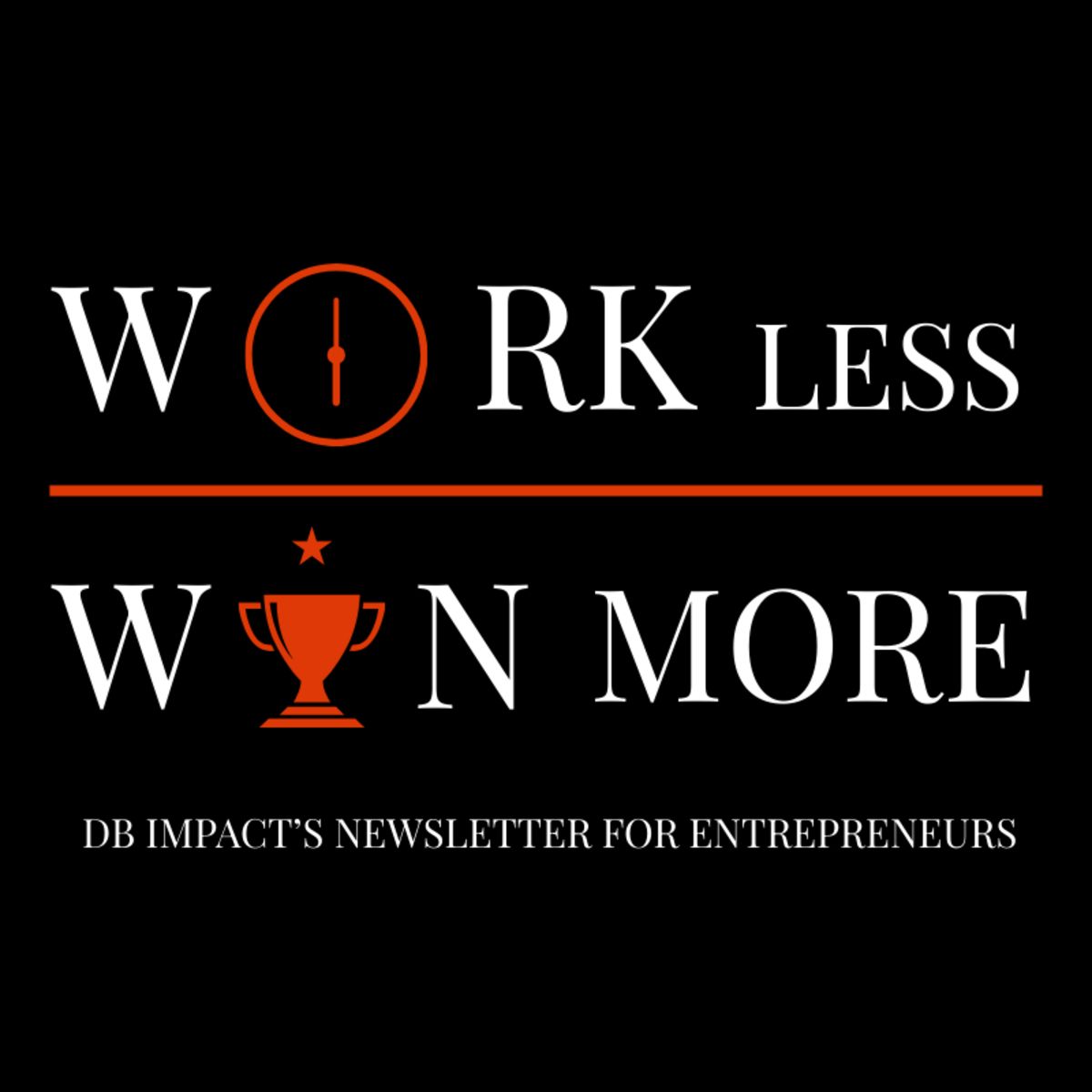It’s tempting to chase big levers, overnight success, and radical transformations. But for most of us, real progress comes from small, consistent improvements, the 1% rule in action.
In this issue, we’ll show you how to apply micro-optimization in your business so that over weeks and months, those tiny gains compound into serious growth.
Ready? Let’s get into it.
Quick Win: Improve One Process by 1% Today
Quick Win: Improve One Process by 1% Today
Pick a repeatable process in your business, maybe your onboarding, your email follow-up, or how you deliver your service.
Ask this: What’s one tiny change I can make today that improves this process?
Examples:
Reduce one step in a workflow (drop an extra click).
Add one clarifying question to avoid confusion.
Automate a reminder, so you don’t have to think about it.
Tweak your subject line template to test a new phrase.
Doing that one small change is your Quick Win for the week. Do it, test it, observe the impact.

Deep Dive #1: How Micro-Optimization CompoundsWhat is a playbook
Why 1% Matters
1% growth each day equals ~37× improvement in one year (when compounded).
Big changes burn you out. Small changes are sustainable.
Small shifts make your system more resilient, not more fragile.
Real-World Examples
1. A copywriter’s headline test
A copywriter adjusted a headline on their sales page by just a word or two. That small improvement boosted click-throughs by 3% over time, that translated into hundreds more leads per quarter.
2. An agency’s project handoff
An agency shaved 30 seconds off its internal handoff between departments by inserting a checklist item. That avoided back-and-forth, saved hours across many projects, and improved client satisfaction.
3. Software companies & UX tweaks
Many SaaS companies do continuous A/B tests: a button color change, a line of microcopy, or reducing a form field. Each change looks small, but taken consistently, they move conversion metrics by double digits over time.
These examples illustrate that micro-optimizations aren’t just trivial they’re the slow, silent engine behind lasting growth.
Deep Dive #2: Tools That Track Habits, KPIs & Small Wins
To sustain the 1% mindset, you need lightweight systems and tools. Here are two I recommend:
Tability (for goals, metrics, alignment)
Tability lets you set quarterly goals (OKRs/KPIs) and track them with weekly check-ins. Tability+2Tability+2
You can integrate it with project tools like Asana, ClickUp, Jira, etc., so your metrics stay synced with your daily work. guides.tability.io+1
If you want your team to make progress visible — without heavy reporting overhead — Tability is a smart, low-friction option.
Tability — https://www.tability.io

Toggl Track (for time, productivity & project insights)
Toggl Track helps you log time, analyze where effort is going, and link that to client or project value. Toggl+3Toggl+3Toggl+3
Features to lean into:
Reports showing workload, billable vs non-billable time, and profitability insights. Toggl+1
Estimations vs actuals for projects, so you can see where your guesses missed. support.toggl.com
Integrations with your current tools so timers are frictionless. Toggl+1
Toggl Track — https://toggl.com

Bonus Tools & Tips
Use habit-tracking apps (Habitica, Streaks, etc.) to build a daily micro-improvement habit.
Build a simple KPI dashboard in Google Sheets or Notion with trending views (weekly/monthly).
Use “Progress Journals” — at the end of each week, write down your small improvements, what worked, what to try next.
Suggested Weekly Structure
Here’s a simple framework to run this 1% approach:
Day | Focus |
|---|---|
Monday | Pick your micro-improvement. |
Tuesday | Implement and test the change. |
Wednesday | Monitor early data/feedback. |
Thursday | Adjust or double-down. |
Friday | Log results; reflect on what improved. |
Weekend | Decide your next small change. |
Over time, you’ll build a catalog of micro-experiments and know what shifts move the needle most in your business.

Common Objections & How to Handle Them
“What about big, bold moves?”
Bigger moves are fine — but when you layer them on weak foundations, they often fail. Use 1% moves as your base. When your system is strong, the bold moves land.
“1% seems too slow.”
It is slow — by design. But speed often kills compounding. The slowest sustainable approach often wins in the long run.
“I’ll forget to track.”
That’s why tools and routines matter. Set reminders, use check-ins, build habits, and let tools capture the data for you.
Call to Action
Try this:
Choose one process in your business.
Make one 1% improvement today.
Track the result.
Report back next week (see your growth).
If you want, I can send you a fillable “1% improvement tracker” template (N Google Sheets) for you and your team to use.
Let me know, and I’ll drop it in your inbox.
The Future of the Content Economy
beehiiv started with newsletters. Now, they’re reimagining the entire content economy.
On November 13, beehiiv’s biggest updates ever are dropping at the Winter Release Event.
For the people shaping the next generation of content, community, and media, this is an event you won’t want to miss.
Interested in Creating Your Own Beehive Newsletter?
Use this link and get 20% off for your first three months: https://www.beehiiv.com?via=Drew-Roberts




